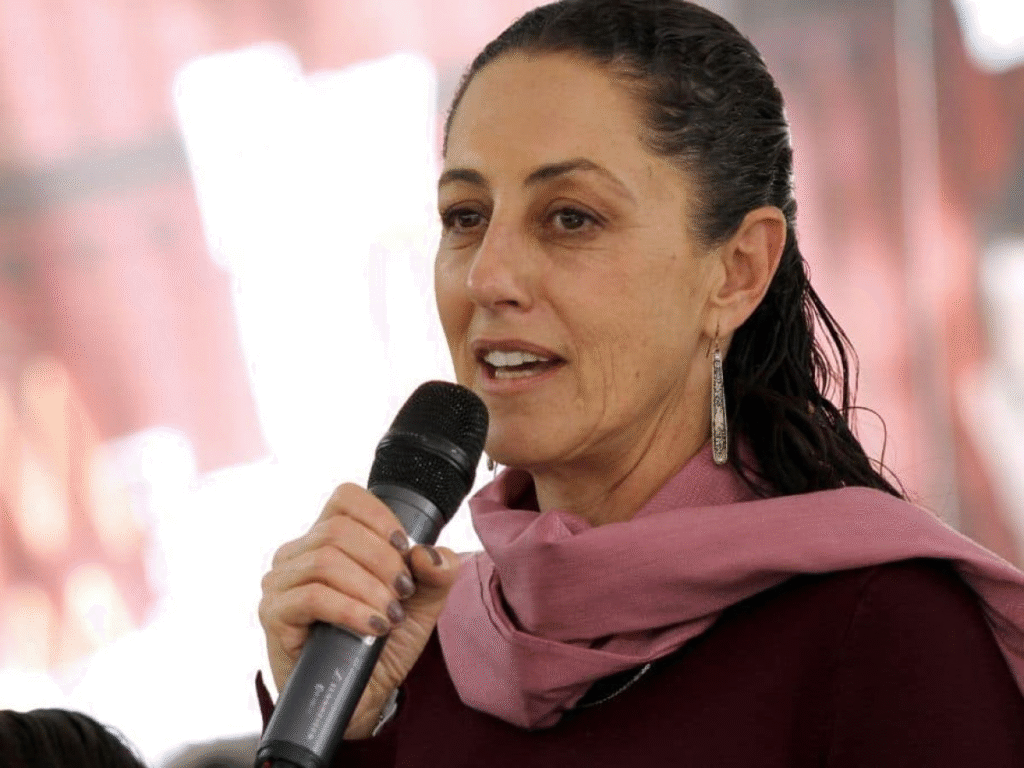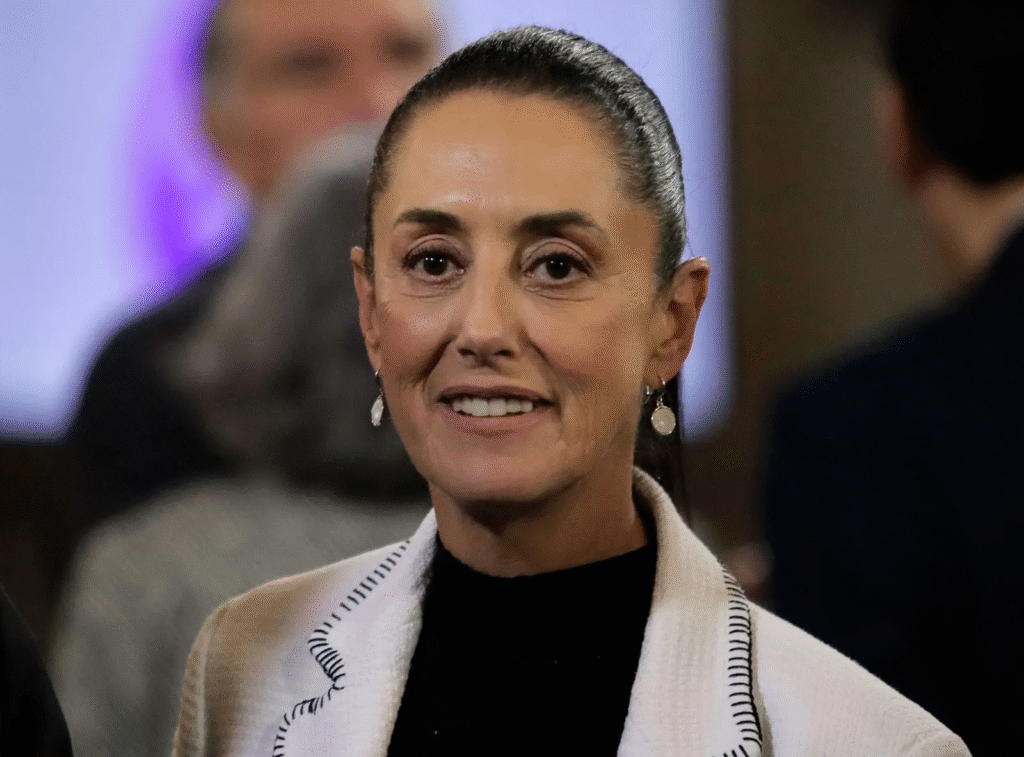Behind every great leader often stands someone whose influence is profound yet unsung. In the case of Claudia Sheinbaum, Mexico’s first female and Jewish president, that person was her father, Carlos Sheinbaum Yoselevitz. But Carlos was far more than a supportive parent—he was a groundbreaking chemical engineer, a pioneering entrepreneur, and an active participant in Mexico’s scientific and political movements.
Let’s delve into the life, legacy, and impact of this fascinating figure whose influence continues to echo across industries and generations.
Quick Bio: Carlos Sheinbaum Yoselevitz
| Field | Details |
|---|---|
| Full Name | Carlos Sheinbaum Yoselevitz |
| Born | February 25, 1933 – Guadalajara, Jalisco, Mexico |
| Died | August 29, 2013 – Mexico City, Mexico |
| Profession | Chemical Engineer, Industrial Entrepreneur |
| Notable Company | Co-founder of Sintacrom de México |
| Industry Impact | Pioneered domestic production of chromium sulfate for leather tanning |
| Education | Studied at UNAM and University of Guadalajara |
| Spouse | Annie Pardo Cemo – Cell biologist, professor, National Science Award winner |
| Children | Claudia, Julio, and Adriana Sheinbaum |
| Legacy | Elevated Mexico’s chemical and leather industries; father of a president |
| Activism | Participant in 1968 student movement; leftist values and social engagement |
| Cultural Heritage | Jewish-Lithuanian descent (Ashkenazi) |
| Known For | Scientific innovation, ethical leadership, and shaping public values |

A Humble Beginning with Big Dreams
Born in Guadalajara in 1933, Carlos came from a family of Jewish immigrants who fled persecution in Eastern Europe. Raised with strong cultural values and a commitment to social justice, he was inspired from an early age to make meaningful contributions to society.
Carlos developed an early passion for science and engineering, leading him to pursue a degree in chemical engineering. With a mind sharp for innovation and a heart attuned to human progress, he was destined to leave a mark, not just on paper, but on Mexico’s industrial and scientific infrastructure.
Revolutionizing the Leather Industry
Founding Sintacrom
In the early 1960s, Carlos co-founded a company that would transform Mexico’s tanning industry—Sintacrom de México. This groundbreaking enterprise was the first in the country to locally produce basic chromium sulfate, a chemical compound essential to leather tanning. Until then, Mexico had relied heavily on imports for this vital product, which created bottlenecks and inflated production costs.
Carlos’s innovation didn’t just solve a technical problem—it gave local businesses independence, reduced reliance on foreign suppliers, and opened new opportunities for growth.
A Leader Among Experts
For over three decades, Carlos served as Technical Commercial Director of Sintacrom, overseeing not just production but also strategic development. He also became a prominent figure in national federations of leather chemists and technicians, where he regularly promoted technical knowledge and industry collaboration.
He was instrumental in organizing conferences and professional events, fostering an environment of shared expertise and innovation. His work wasn’t just about business—it was about elevating an entire sector through science and cooperation.
A Family Rooted in Science and Activism
Carlos’s personal life mirrored his professional values—he believed in education, equality, and social responsibility. In 1960, he married Annie Pardo Cemo, a brilliant cell biologist and university professor. Their shared intellectual and political ideals shaped a home filled with books, ideas, and passionate debates.
Together, they participated in social movements, including the student-led protests of the late 1960s, which sought greater democracy and educational reform in Mexico. These experiences profoundly shaped their children, particularly Claudia, who would go on to become a physicist, environmentalist, and eventually, the president of Mexico.
Carlos and Annie created a home where science and social consciousness were inseparable, instilling in their children a strong sense of purpose, integrity, and civic duty.
The Influence on Claudia Sheinbaum
It’s often said that values are caught, not taught. And in the Sheinbaum household, values were modeled through action. Claudia Sheinbaum grew up witnessing her father’s commitment to ethical leadership, scientific rigor, and community development.
As a child, she absorbed his teachings not just in words, but through his work. She saw how her father’s engineering background was applied to solve real-world problems. She listened to dinner table conversations about industrial processes, environmental standards, and social movements.
Today, as Mexico’s president, Claudia’s policies reflect those same priorities: sustainability, education, innovation, and social equity. Her leadership style—calm, analytical, and deeply informed—bears the mark of a scientist and engineer raised by one of the best.
A Quiet Legacy That Speaks Loudly
Carlos Sheinbaum Yoselevitz passed away in 2013, but his influence is far from gone. His professional achievements live on in the continued success of Mexico’s leather industry and the knowledge base of the scientific community he helped build.
More profoundly, his legacy lives on in the leadership and character of his daughter. Carlos didn’t just help build a business—he helped shape a future president, and through her, continues to impact millions of lives.
Case Study: Local Impact, National Growth
The ripple effects of Carlos’s industrial contributions can be seen most clearly in the city of León, long known as the heart of Mexico’s leather industry. Before Sintacrom, most tanneries relied on imported chemicals, which made production costly and inefficient.
With Carlos’s innovations, tanneries gained local access to high-quality tanning agents, enabling:
- Cost reductions of up to 20%, improving profit margins for small businesses.
- Better environmental compliance, as locally developed formulas met updated sustainability regulations.
- Stronger supply chains, giving Mexican manufacturers a competitive edge in international markets.
This wasn’t just about chemical compounds—it was about economic empowerment, job creation, and national pride.

Final Thoughts: More Than a Father, a National Figure
Carlos Sheinbaum Yoselevitz may not be a household name, but his legacy is deeply embedded in Mexico’s progress—technologically, politically, and socially. Through his work in chemistry and industry, he helped build a more self-reliant Mexico. Through his values and parenting, he helped raise a leader who now represents an entire nation on the world stage.
He stands as a reminder that behind every great innovation and every great leader, there are people like Carlos—quietly, diligently shaping the world with integrity, science, and heart.
FAQs About Carlos Sheinbaum Yoselevitz
Q1: Who was Carlos Sheinbaum Yoselevitz?
He was a Mexican chemical engineer, entrepreneur, and activist best known for revolutionizing the tanning industry and being the father of President Claudia Sheinbaum.
Q2: What company did Carlos found?
He co-founded Sintacrom de México, which became a pioneer in producing basic chromium sulfate for leather tanning in Mexico.
Q3: How did Carlos influence Claudia Sheinbaum?
Carlos inspired his daughter through his scientific discipline, commitment to social causes, and ethical leadership, helping shape her career in science and politics.
Q4: What was Carlos’s contribution to Mexican industry?
He introduced domestic chemical production that improved industrial efficiency and reduced import dependency, especially in the leather sector.
Q5: What values did Carlos live by?
Carlos championed integrity, innovation, education, social responsibility, and cultural identity—values he passed on to both his work and his family.
Q6: Was Carlos involved in activism?
Yes, Carlos was active in political movements alongside his wife and was involved in the 1960s student protests advocating for educational and democratic reforms.
Also, Read This Topic: Nimesh Patel Wife.

